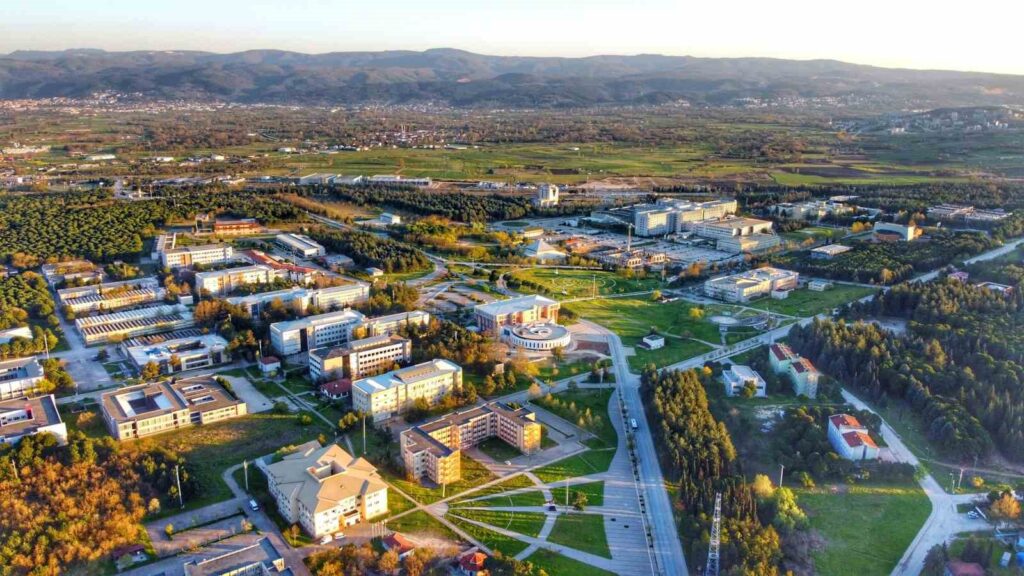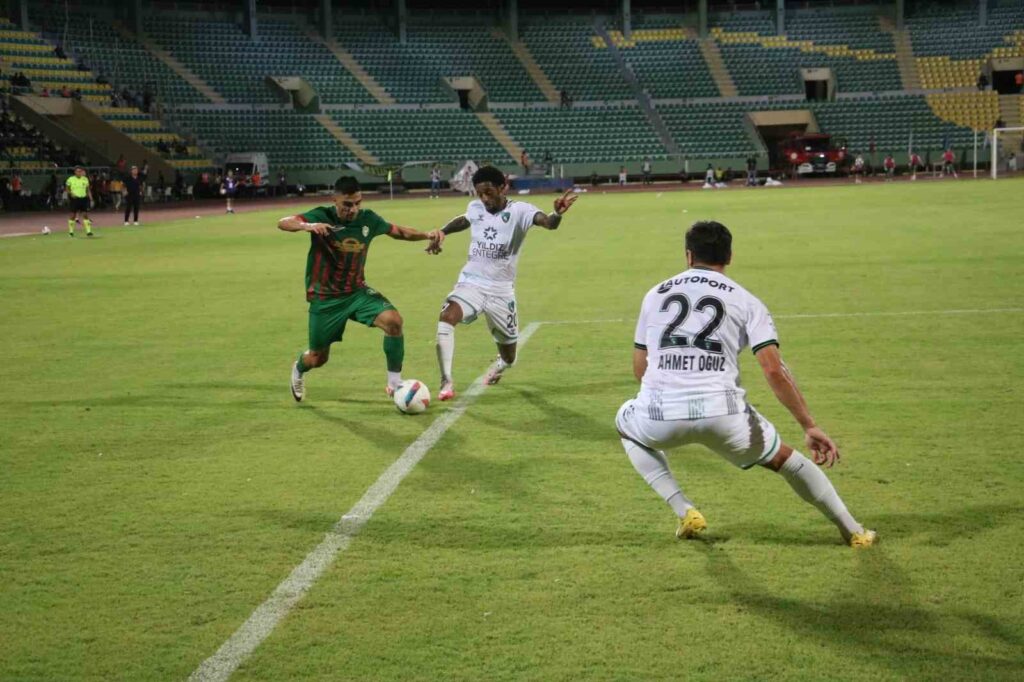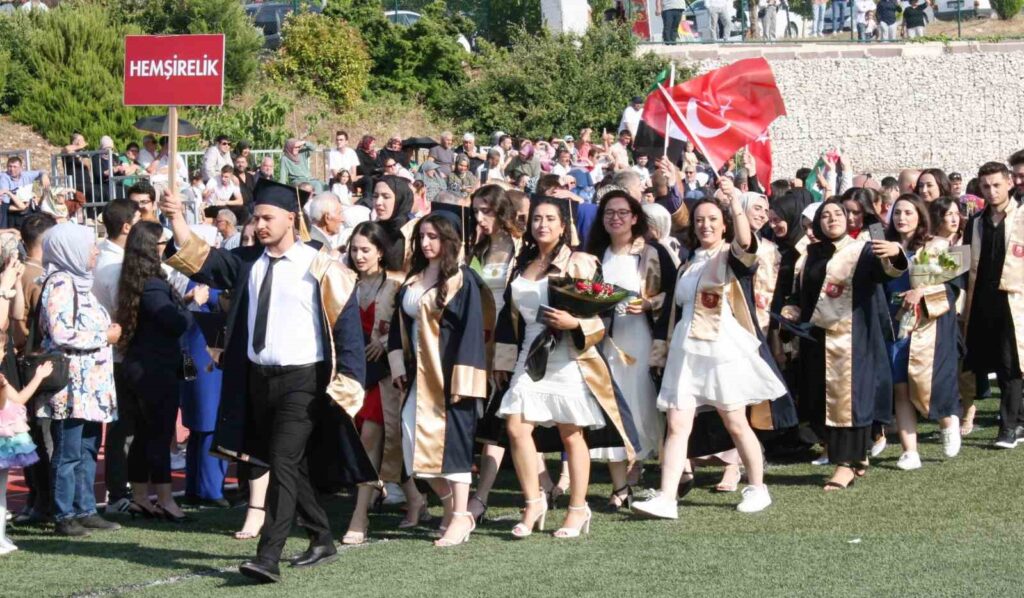In Sardis, a 2,000-year-old mosaic has been touched by a woman’s hand.
In the ancient city of Sardis, known as the first place where money was minted in the Salihli district of Manisa, the 2,000-year-old floor mosaics in one of the largest synagogues in the world are being restored by women living in the Sart neighborhood. Lydia …

In the Sardes Ancient City, known as the place where money was first minted, located in the Salihli district of Manisa, the 2,000-year-old floor mosaics in one of the largest synagogues in the world are being restored by women living in the Sart Neighborhood.
Excavation and restoration work that started 120 years ago in Sardes, the capital of the Lydia Kingdom, continues. Under the leadership of Prof. Dr. Nick Cahill from the University of Wisconsin, the mosaics located on the floor of the synagogue, which had its upper part covered with a roof three years ago, are being restored by nine women from the Sart Neighborhood. The excavation president, Prof. Dr. Nicholas Cahill, noted that restoration work has been ongoing for three years in the synagogue discovered in 1963, stating that it is one of the largest synagogues in the ancient world.
“Nine experienced women are working”
Cahill stated that the mosaics are being restored with stones brought from different regions, and the restoration is being carried out by nine experienced women living in the Sart Neighborhood. Cahill said, “This synagogue has been recorded as the largest synagogue in the ancient world. It was discovered in 1963. All the mosaics were removed and placed on a concrete floor again. However, over the 50 years that have passed, cracks have formed in the ground. To protect the mosaics, the upper part of the synagogue was covered with a roof three years ago. Currently, our restoration works on the floor are ongoing. The team carrying out our restoration works is quite experienced. The restoration has been ongoing for three years by the women living in this neighborhood.”
“We are revitalizing history as if we are doing embroidery”
Sevinç Akçayım, who is involved in the mosaic restoration work, stated that she participates in the work with her neighbors and her daughter. Akçayım said, “We do this work with love. Because we are touching history. It is a very different feeling. When we get older, our children will come here and say that our mothers did this restoration. I can say that we are revitalizing history as if we are doing embroidery.”







